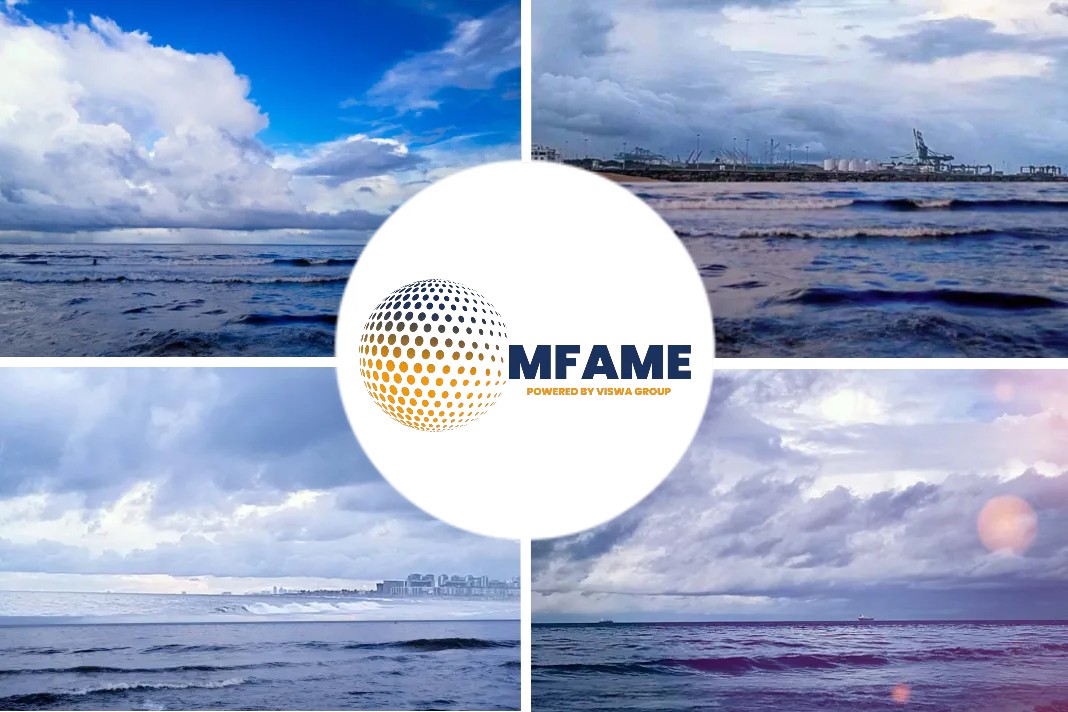
- Q3 oil demand growth projected at 2.4 million b/d
- VLCCs now taking nearly half of exports to Europe
- Shipowners repositioning amid WAF tax bill uncertainty
Dirty tanker trade dynamics shift as market heads into summer doldrums, highlights a Platts news source.
Freight markets for tankers
Freight markets for tankers carrying crude and dirty products out of the Americas face mixed fundamentals heading into the traditionally weaker summer months, as geopolitics continue to drive shifts in trade flows.
Historically, June through August see the lowest freight rates each year with levels usually seeing a bump towards the end of Q3 and heading into the typically strong Q4 period.
As of June 30, the price to book an Aframax for lifting 70,000 mt of crude on a US Gulf Coast-UK Continent route stood at w147.5, or $34.26/mt, down just over 15% from the average in Q2 and 30% lower from Q1.
For long-haul east voyages, VLCC rates clocked in at $8 million as of June 30, down a less drastic 7% from Q2.
The crude demand picture looks fairly bullish for the tanker market, with Q3 oil demand growth projected to increase by 2.4 million b/d from Q2, according to analysts from S&P Global Commodity Insights.
Notably, 67% of growth in oil demand in Q3 is expected to come from Asian destinations such as China, India and countries in Southeast Asia. The US, Canada and Europe are projected to account for only 0.5% of total growth in 2023 but should account for a significant piece of the pie in Q3 due to summer travel demand.
On the supply side, global crude inventories are expected to fall significantly in the coming months, reducing the likelihood of further production cuts by OPEC+ countries. Their cuts to date have added a major bearish component to the global crude tanker market so far in 2023. Global crude stocks are expected to fall by 2 million b/d in July and August, dropping below 2022 levels.
VLCC freight supported by trans-Atlantic boom
Aframaxes, traditionally the workhorses of the trans-Atlantic freight market out of the USGC, have seen a downturn in their share of crude export barrels to Europe as market participants continue to employ larger Suezmaxes and VLCCs.
In Q2, VLCCs carried almost 49% of crude export barrels with Suezmaxes and Aframaxes taking just over 25% each. The VLCC percentage has climbed from 12% since February 2022, when Russia’s invasion of Ukraine created a surge in demand for USGC-origin crude barrels.
There was significant volatility in the VLCC market during Q2, with freight rates rising very quickly only to come right back down within a couple weeks. This was largely due to charterers holding off on new fixtures in anticipation of lower prices, only to then all rush into the market and drive freight rates up 28% within a couple of days. Weather also contributed to the rapid rise.
“The Indian Ocean had some cyclones which delayed berthing for heaps of ships across India, so supply was cut and eastern ballasters were limited for end-June laycans,” a shipbroker said.
Prices have since declined but remain at relatively elevated levels. Market participants indicated such spikes are likely to continue into the third quarter but should not be as extreme given the seasonal summer weakness.
WAF tax developments shift Americas tonnage supply
Tonnage supply in the Americas is being impacted by recent developments in West Africa, where shipowners are receiving backdated tax bills from Nigeria’s Federal Inland Revenue Service relating to crude and refined product loadings over 2010-2019.
Shipowners have started to avoid making port calls at the country, seeking options for loading elsewhere, populating nearby regions such as Brazil, USGC, and the Caribbean with the displaced tonnage.
“Rates are coming off in Brazil because they’ll go there instead of WAF,” another shipbroker said. “It’s the next logical choice.”
Some market participants expect the tax situation will impact the market heavily in the coming weeks, especially for Suezmaxes and VLCCs that typically load at WAF and Brazil, while others expect that the impact will either be negligible as the government settles the requirement or will reach longer-term markets.
“They are just going to have to figure out different ways to move West Africa barrels and pay more for it,” a shipowner said of WAF crude buyers. “I don’t see this as changing trade flows right now, but if this does not get cleared up soon, people buying crude in West Africa right now will see these logistical concerns and they may look elsewhere, not affecting this front window but could in July and August stems.”
Did you subscribe to our newsletter?
It’s free! Click here to subscribe!
Source: Platts

























